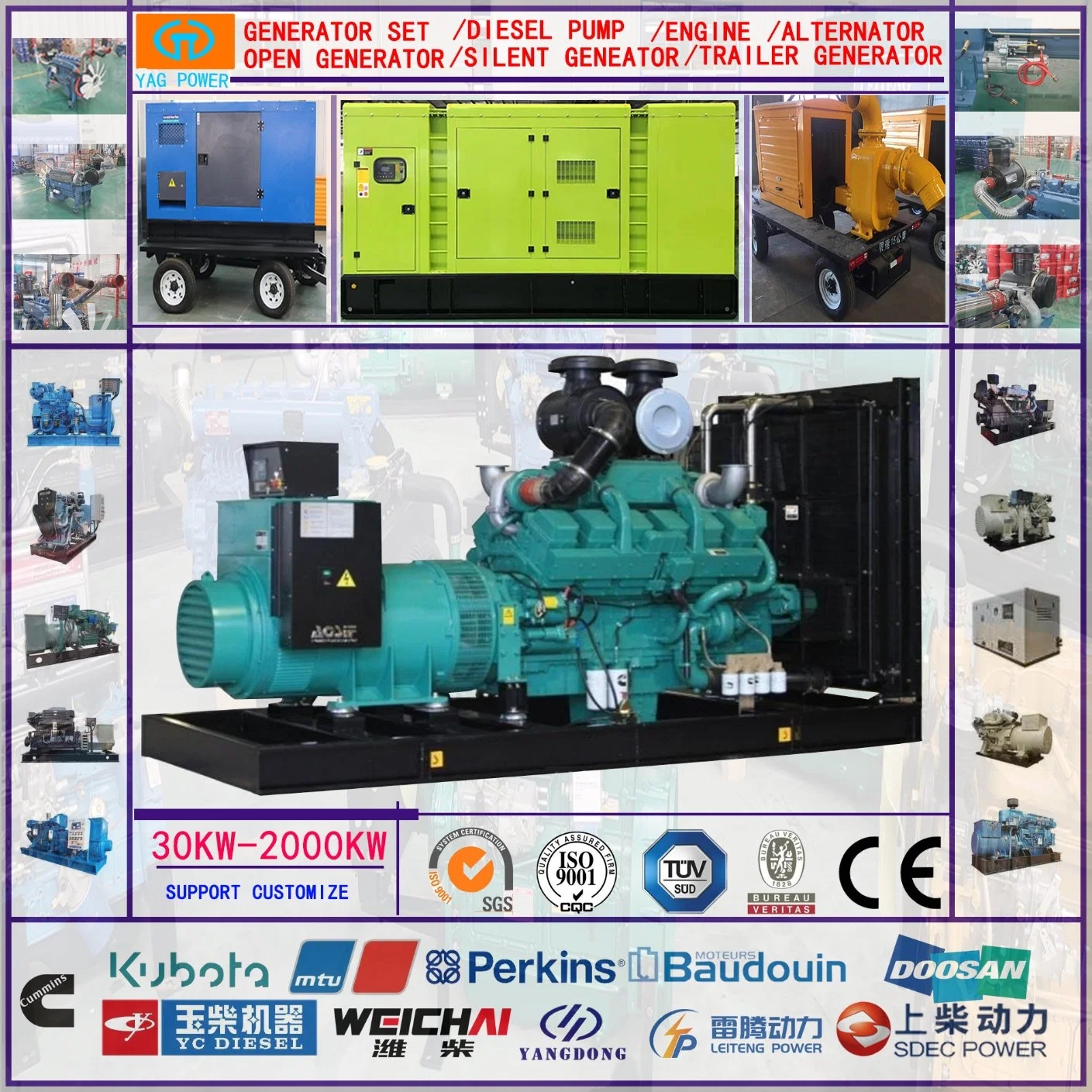Introduction
Diesel generators are a critical component of many industries, providing backup power in case of grid failures or serving as the primary power source in remote locations. In environments with high levels of saltwater exposure, such as coastal areas or marine applications, special considerations must be taken to ensure the reliable operation of diesel generators. Saltwater can be highly corrosive, posing a significant threat to the components of a generator system. In this article, we will explore the challenges of operating diesel generators in saltwater environments and discuss the measures that can be taken to protect these essential power sources.
Challenges of Saltwater Environments

Saltwater is a corrosive substance that can cause significant damage to metal components over time. When exposed to saltwater, diesel generators are at risk of corrosion, leading to premature wear and potential failure. The high salt content in the air near coastal areas can accelerate this process, making it essential to implement protective measures to ensure the longevity of the generator system.
In addition to corrosion, saltwater environments present other challenges for diesel generators. Saltwater can lead to the accumulation of salt deposits on the generator's components, reducing their efficiency and performance. Saltwater can also cause electrical connections to corrode, leading to electrical failures and potential safety hazards. Furthermore, saltwater can impact the cooling system of the generator, reducing its effectiveness and potentially causing overheating issues.
Protective Measures for Diesel Generators in Saltwater Environments
To ensure the reliable operation of diesel generators in saltwater environments, it is essential to implement a range of protective measures. These measures can help mitigate the impact of saltwater exposure and extend the lifespan of the generator system. Some key protective measures include:
1. Corrosion-resistant materials: Using corrosion-resistant materials in the construction of the generator components can help prevent corrosion damage. Stainless steel, aluminum, and other corrosion-resistant alloys are commonly used in saltwater environments to ensure the longevity of the generator system.
2. Enclosures and covers: Installing enclosures and covers around the generator can provide an additional layer of protection against saltwater exposure. These enclosures can help shield the generator components from direct contact with saltwater and reduce the risk of corrosion.
3. Regular maintenance: Regular maintenance is crucial for ensuring the optimal performance of diesel generators in saltwater environments. 500kw diesel generator includes cleaning the generator components to remove salt deposits, inspecting for signs of corrosion, and replacing any damaged parts promptly.
4. Corrosion inhibitors: Applying corrosion inhibitors to the generator components can help protect them from the damaging effects of saltwater exposure. These inhibitors form a protective barrier on the metal surfaces, preventing corrosion from occurring.
5. Proper ventilation: Ensuring proper ventilation around the generator can help reduce the accumulation of salt deposits and moisture, which can contribute to corrosion. Adequate ventilation can also help prevent overheating issues, ensuring the efficient operation of the generator system.
6. Monitoring systems: Implementing monitoring systems that can detect signs of corrosion or other issues in real-time can help prevent potential failures and downtime. These systems can alert operators to any problems before they escalate, allowing for timely intervention.
Case Studies and Best Practices
To illustrate the importance of protecting diesel generators in saltwater environments, let's consider a couple of case studies and best practices:
Case Study 1: A marine research facility located on the coast relies on diesel generators to power its operations. Due to the high salt content in the air, the generators were experiencing corrosion issues, leading to frequent breakdowns and downtime. To address this issue, the facility implemented a comprehensive maintenance program that included regular cleaning, the application of corrosion inhibitors, and the installation of protective enclosures. These measures helped extend the lifespan of the generators and reduce maintenance costs.
Case Study 2: A coastal resort uses diesel generators as backup power sources in case of grid failures. However, the generators were not adequately protected from saltwater exposure, leading to corrosion damage and reduced performance. To address this issue, the resort upgraded the generator systems with corrosion-resistant materials and implemented a robust maintenance schedule. Additionally, the resort installed monitoring systems to detect any signs of corrosion or other issues in real-time, allowing for prompt action to be taken.
Based on these case studies, some best practices for protecting diesel generators in saltwater environments include:
1. Conducting regular maintenance to prevent corrosion and ensure optimal performance.
2. Using corrosion-resistant materials in the construction of generator components.
3. Installing protective enclosures and covers to shield the generator from saltwater exposure.
4. Applying corrosion inhibitors to protect metal surfaces from corrosion.
5. Implementing monitoring systems to detect issues in real-time and prevent potential failures.
Conclusion
Operating diesel generators in saltwater environments presents unique challenges that require careful consideration and proactive measures to ensure reliable power generation. By implementing protective measures such as using corrosion-resistant materials, conducting regular maintenance, and installing monitoring systems, operators can mitigate the impact of saltwater exposure and extend the lifespan of their generator systems. As saltwater environments continue to pose a threat to diesel generators, it is essential for industries and businesses to prioritize the protection of these critical power sources to ensure uninterrupted power supply in challenging conditions.
